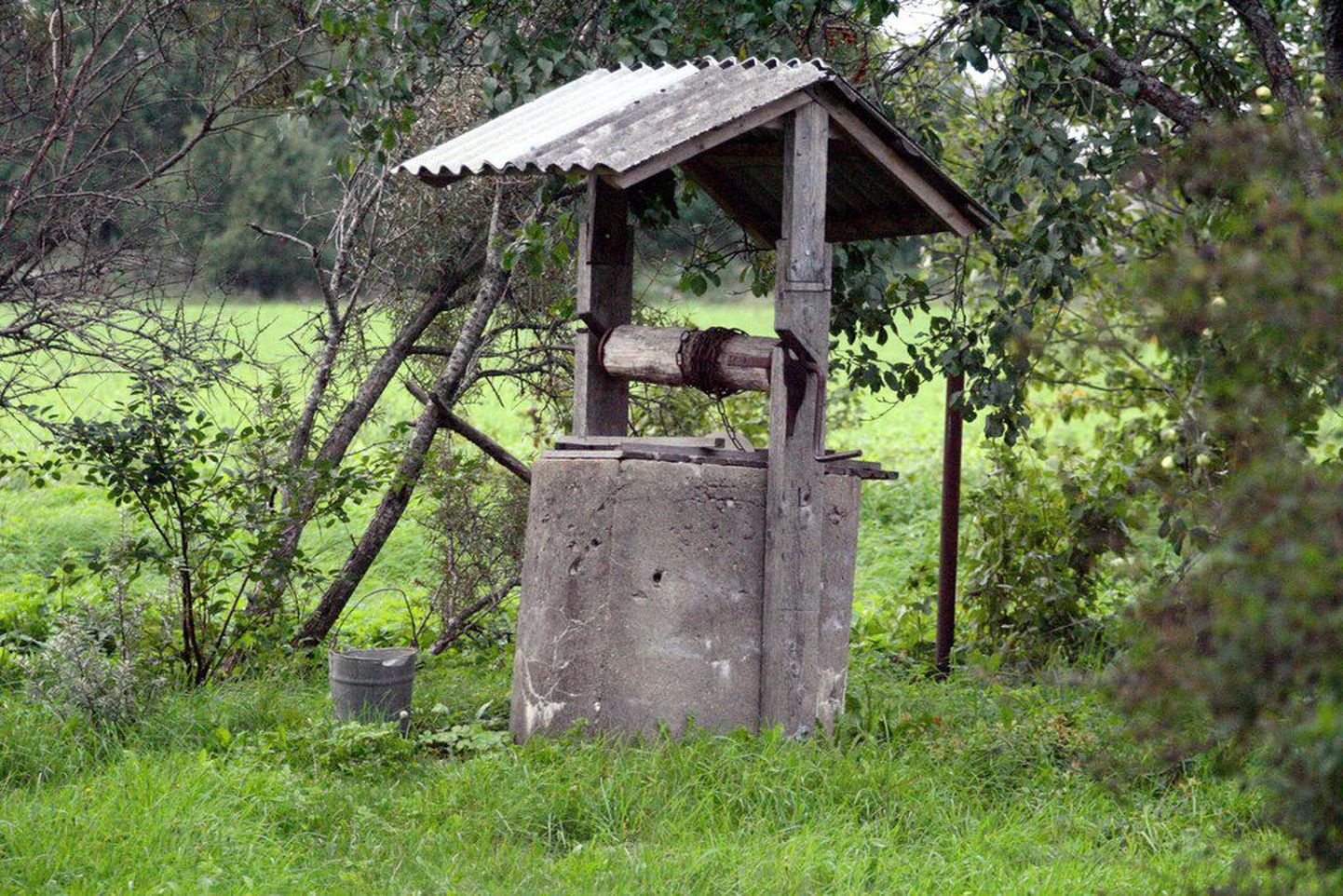
According to Statistical Office data, everyday hygiene of Estonian households has taken a giant leap during twelve years.

According to Statistical Office data, everyday hygiene of Estonian households has taken a giant leap during twelve years.
As late as 1990ies, running water was rarity inside Estonian farmhouses, to say nothing of WC and showers. In 2012, however, only 5.5 percent of households remained who went outside, bucket in hand, to fetch their daily water (in 2000, the percentage was 11.3). For 3.5 percent of households, going outside is the sole option to ease oneself (7.4 percent in 2000).
A household may be a pensioner dwelling alone, or a family with seven children. While, in 2000, close to 73 percent of these enjoyed use of bath or shower, the last year but one 87 plus was the percentage.
Here, a measure of thanks goes to state and local government financed low density area water programme: within it, 2,000 new dug and drilled wells came to be.
Milvi and Ülo Mahl, living in Koosa Village of Vara Commune at Tartu County, have had the cold water tap inside for 15 long years. Four-five years back, however, their son got married and the young couple burst into building. They got electric boiler and a pump. Decent sewerage appeared, a shower and WC were constructed.
The Mahl family used no state aid. And they still got the good old loo outside, like many such places.
According to Milvi Mahl (65), there are some households around there with no running water in the house. «The young people of course do not want to haul water from the yard, they want their comforts,» said she. «For us also, things got easier – no need to heat water any more.»
From exception to rule
Somewhat puzzlingly, statistics say in 2000 a total of 28.1 percent lacked hot water in their dwelling, and still 18.7 percent in 2012. Meanwhile, use of bath or shower is lacking with only 12.8 percent – for some households take colds showers?
The paradox can be explained, somewhat, that the office was asking about option to use bath, never finding out whether the shower belonged to the household.
According to entrepreneur and commune council member Tiit Niilo, in Misso, Võru County, their come-to-country programme has so far been successful: 12 to 13 families made it through the winter, the school has been saved and his Nopri Talumeierei farm got new employees. Usually, the families get a dwelling with no running water.
«With small children, life without water in the house will soon become unbearable. It’s just a matter of in how many months they’ll make the investment,» said Mr Niilo.
Considering people’s income, says Mr Niilo, getting the running water has become a lot cheaper over the 15 years. Some pumps don’t cost much, plastic pipes are easy to install. Could be dune for some €3,000 maximum, he said regarding sewerage and a simple piping.
Pipes bring shower
Alas, those without water, shower, and WC still mostly feature single pensioners. Still, the picture looks better – since 2000, the «without» percentage has shrunk from 39 to 20.4, in 2012.
On the one hand, running water is a huge one-off cost for a pensioner. On the other hand, they are so used to the well and the bucket that it’s no bother – compared to the mess of getting the new system.
Many are used to the dry toilet, outside. Mr Niilo says his mother (82) still demands it be kept in order.
Into Karula Commune, Valga County, quite a few of young families have moved. Commune elder Rain Ruusa says they want the water in at first opportunity. «The top priority, of course, is access road and electricity,» he said. «But the next in line, for a young family, is running water.»
At that, 20 to 30 Karula families have had help by the low density water programme.
Mr Ruusa says running water usually comes with shower and WC. Rarely will anybody be content with a tap in the kitchen. For smaller families, the elder rather recommends a dug well.
He points out that the programme, sadly, made well-diggers money-hungry. «As soon as the programme kicked in, drilling and digging costs nearly doubled,» said he.
Tiit Kuusik, board member of heating systems and water-pumps seller Toru-Jüri, says the programme has indeed been a blessing for companies like his. Often, the families that come to the countryside discover that dug wells don’t yield enough water for their needs. Therefore, applications for support usually come for new drilled wells.
To this day, Mr Kuusik keeps reading the large-letter newspaper headlines about those who turn into country dwellers, allegedly happy to haul water from well outside and heat a chimney. «There’s a lot less talk about how long the enthusiasm lasts...,» smiles the man.